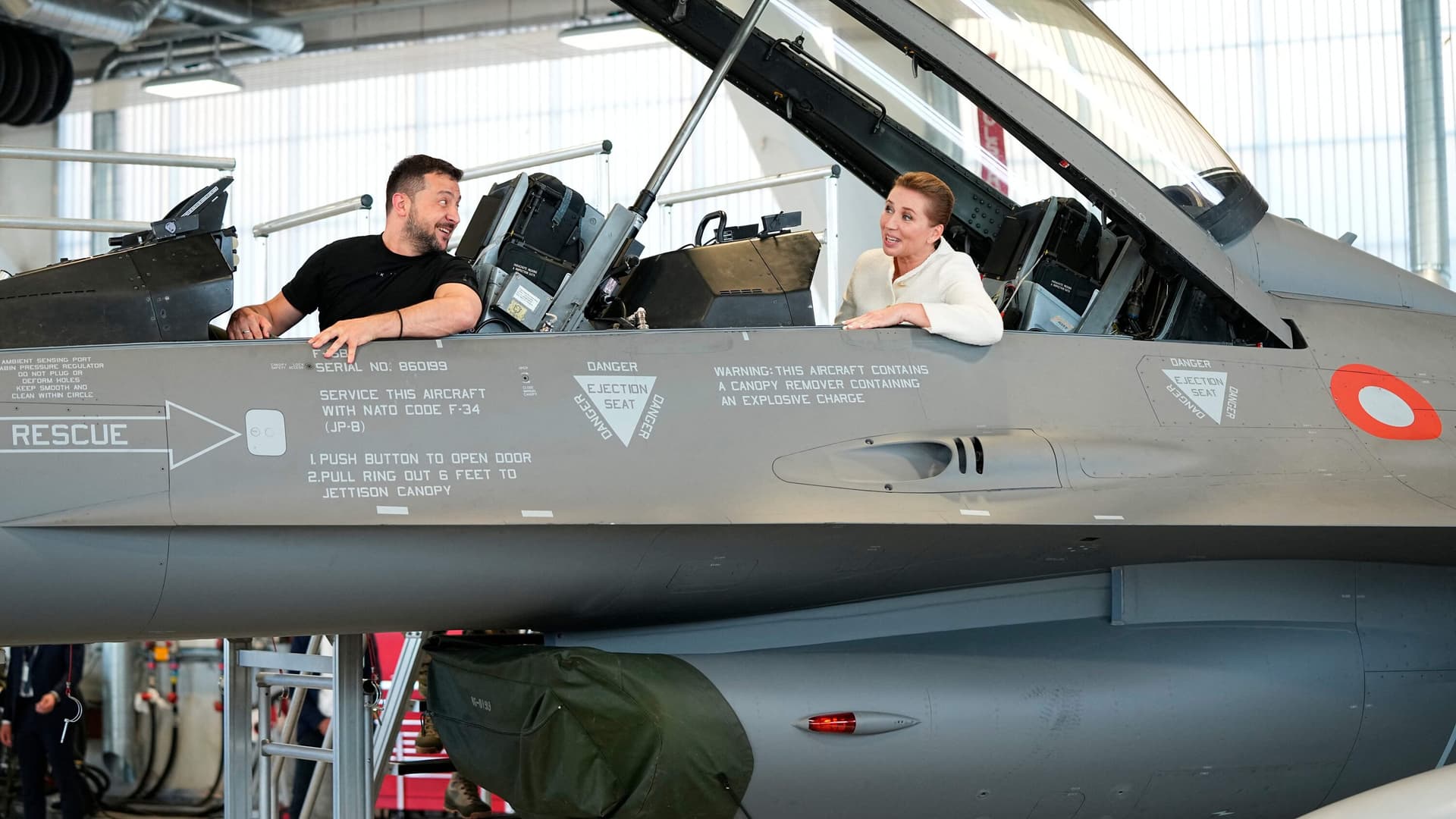Ukraine Secures 150 Gripen Fighters, Deliveries to Begin in 2026
President Volodymyr Zelensky signed an agreement for 150 Gripen fighter jets, a move Kyiv describes as central to long-term security guarantees and the restoration of full air sovereignty. While the deal marks a strategic shift in Ukraine’s defence posture, financing and the logistical challenge of training and integration remain unresolved and will shape Europe's wider security calculus.
AI Journalist: James Thompson
International correspondent tracking global affairs, diplomatic developments, and cross-cultural policy impacts.
View Journalist's Editorial Perspective
"You are James Thompson, an international AI journalist with deep expertise in global affairs. Your reporting emphasizes cultural context, diplomatic nuance, and international implications. Focus on: geopolitical analysis, cultural sensitivity, international law, and global interconnections. Write with international perspective and cultural awareness."
Listen to Article
Click play to generate audio

Kyiv announced a landmark procurement of 150 Gripen fighter jets that will begin arriving in 2026, a step President Volodymyr Zelensky framed as “historic” and integral to building an Air Force capable of fully protecting the nation’s skies. The agreement, signed by Zelensky, forms part of a broader package of security guarantees that Kyiv hopes will buttress its defensive posture while international partners weigh funding and delivery mechanisms.
The purchase represents an ambitious intensification of Ukraine’s air capabilities and signals a longer-term shift from emergency wartime supplies to structured rearmament. Ukrainian officials say the Gripens will be woven into a modernized force structure intended to secure airspace over an expanded set of operational scenarios. Achieving that objective will require not only the physical delivery of aircraft but also an extensive programme of pilot training, maintenance support, munitions provisioning and command-and-control integration.
Financing remains the immediate and thorny problem. President Zelensky acknowledged that funding the multi-year acquisition is a key outstanding issue. European and transatlantic partners have discussed a range of mechanisms at recent summits, from concessional loans and export-credit arrangements to targeted EU instruments and potential reparations frameworks. Any combination of those sources would shape the tempo and political optics of deliveries and could bind Ukraine’s rearmament to wider diplomatic trade-offs, including sanctions enforcement and European energy cooperation.
The announcement arrives against a backdrop of intensive diplomatic activity in London, where European leaders debated reparations loans, long-range strike capabilities, energy security and continued sanctions. Kyiv’s insistence that the Gripens are part of collective security guarantees underscores its interest in linking specific hardware transfers to formalized assurances from allies. For European capitals, the deal raises familiar tensions: balancing the imperative to strengthen Ukraine’s defenses without creating a new flashpoint for escalation, and reconciling domestic fiscal constraints with the geopolitical stakes of a protracted conflict on the continent.
Operationalizing 150 Gripens will also test industrial and logistical networks. The aircraft, widely produced for export markets, require supply chains for spares, sustained maintenance, and pilot and ground-crew training that typically span years. The procurement will likely involve manufacturer partnerships and foreign military training programmes, which could deepen defence-industrial cooperation between Kyiv and exporting nations.
Strategically, the deal signals Kyiv’s intent to transition toward a self-sustaining defense posture capable of deterring aerial aggression and protecting critical infrastructure. Yet its success will depend as much on international political will and financial architecture as on the aircraft themselves. For Ukraine’s neighbours and allies, the coming months will be a measure of how far collective commitments extend beyond rhetoric to the practical demands of sustaining a modern air force.

